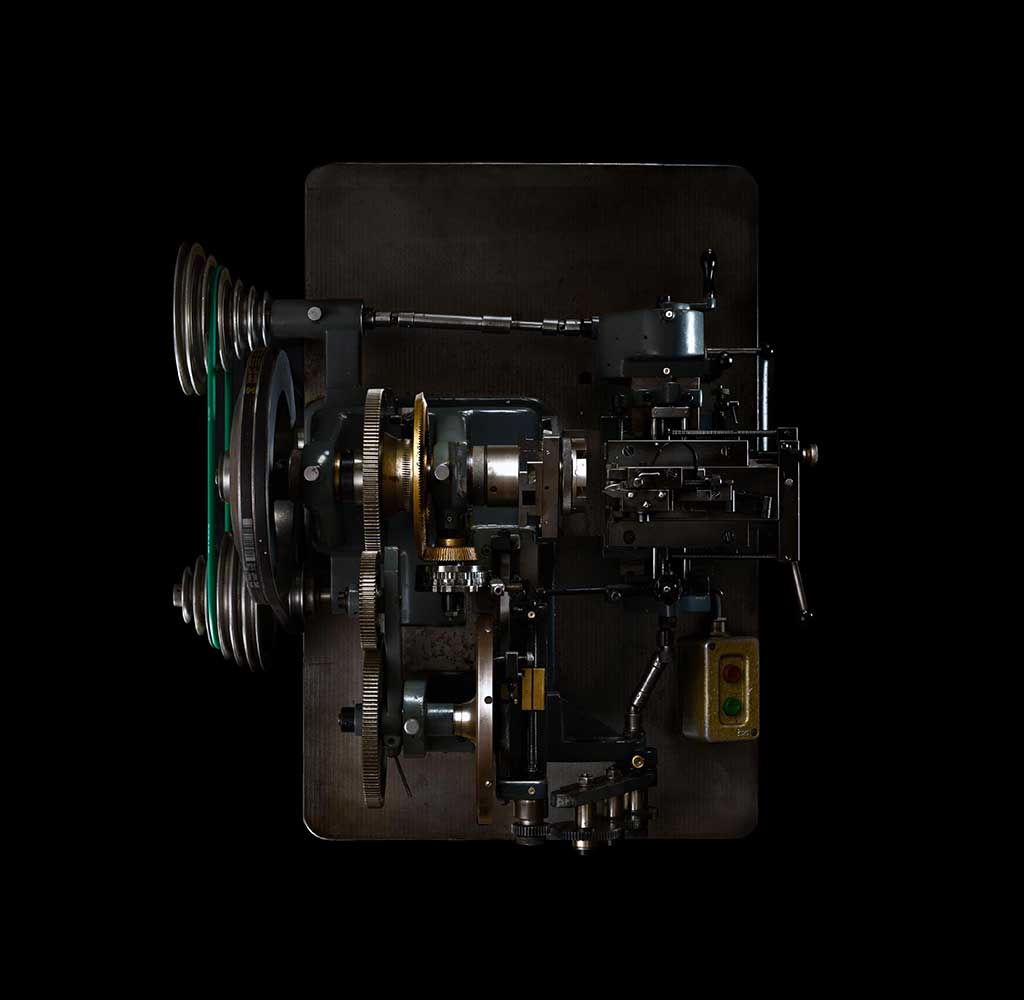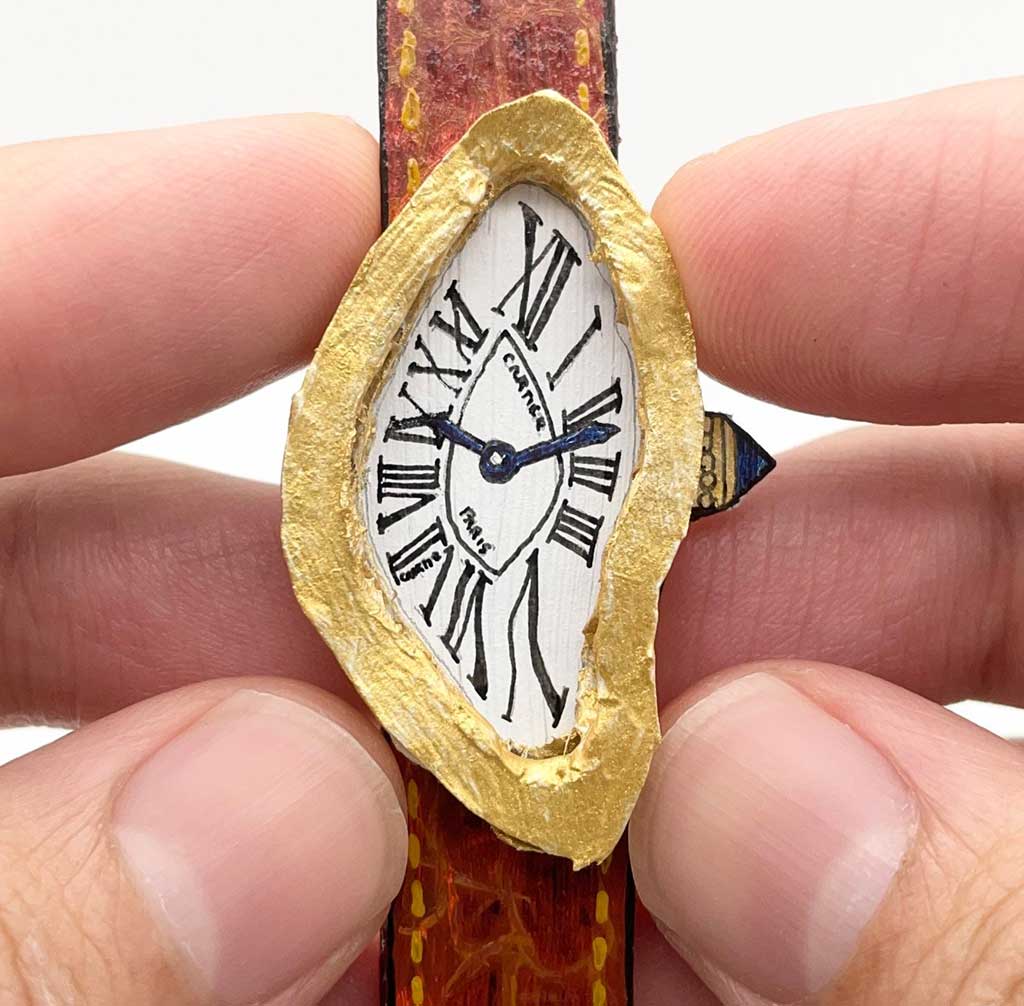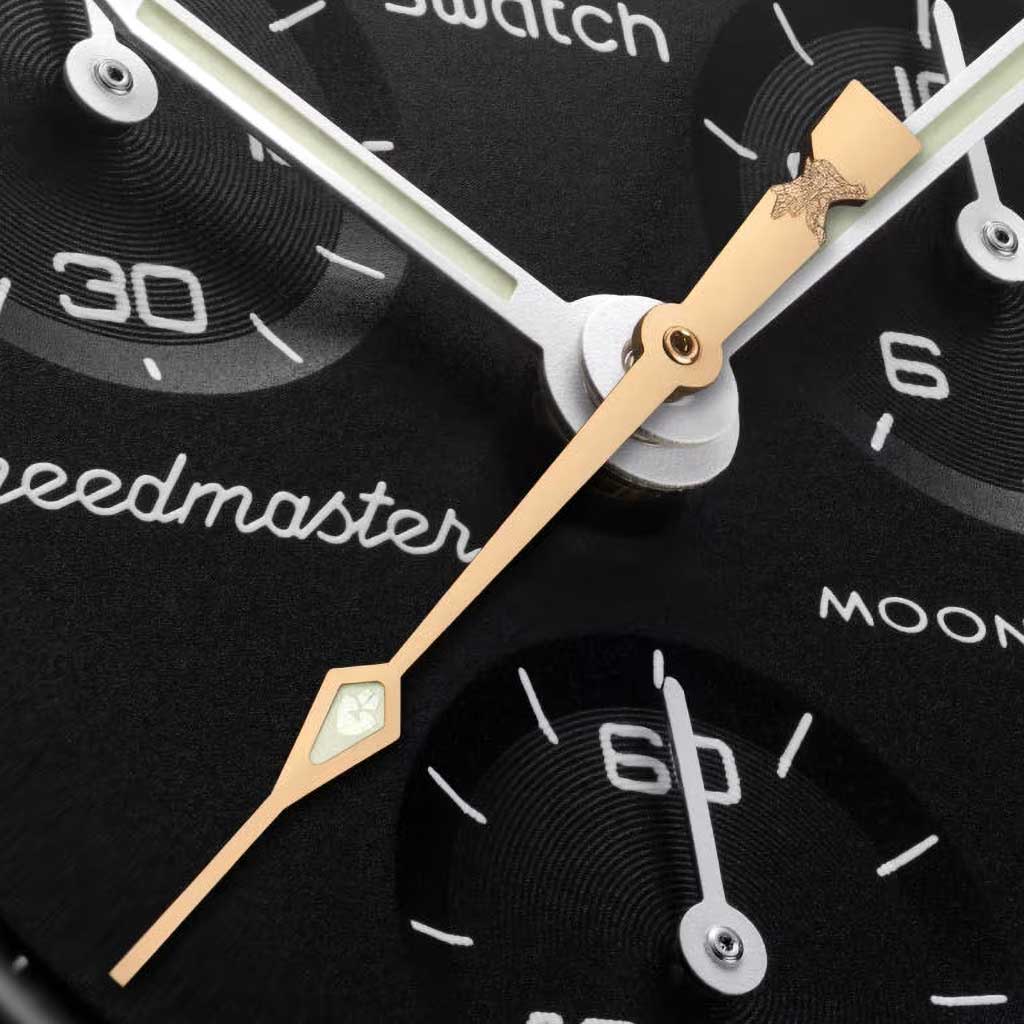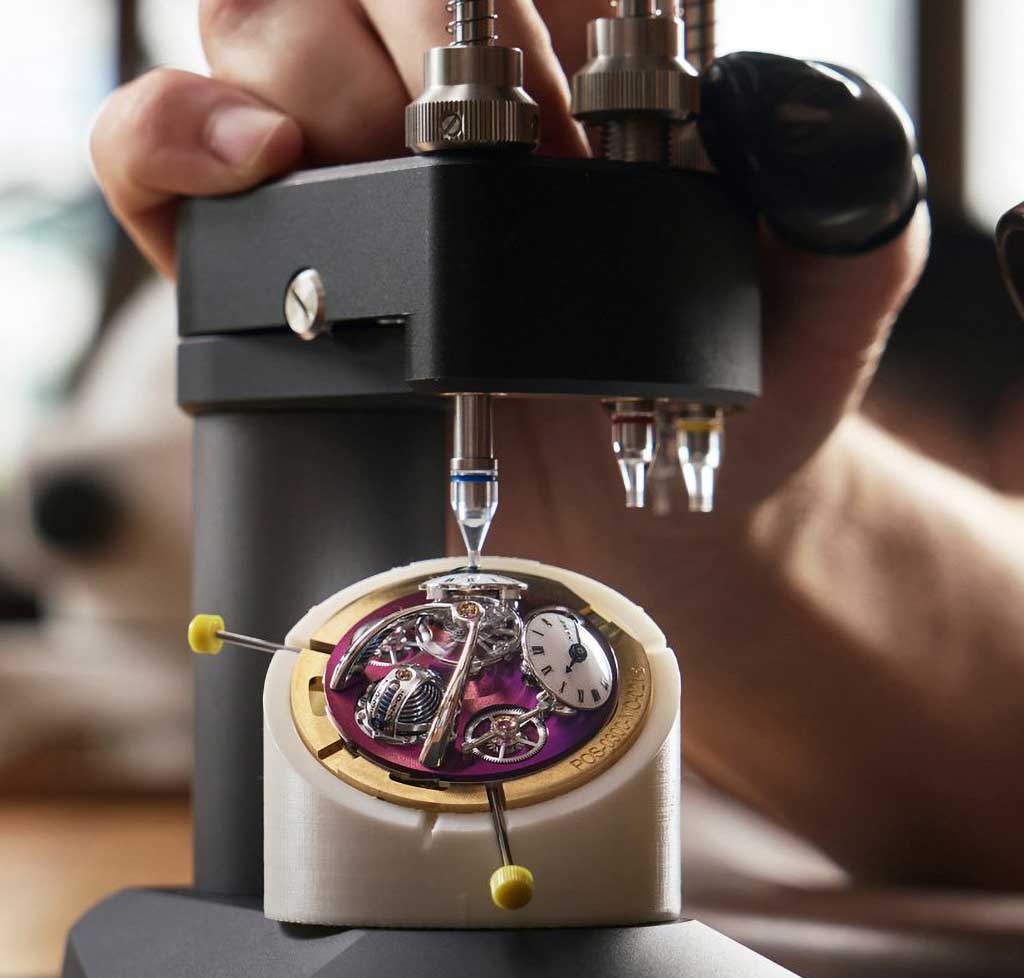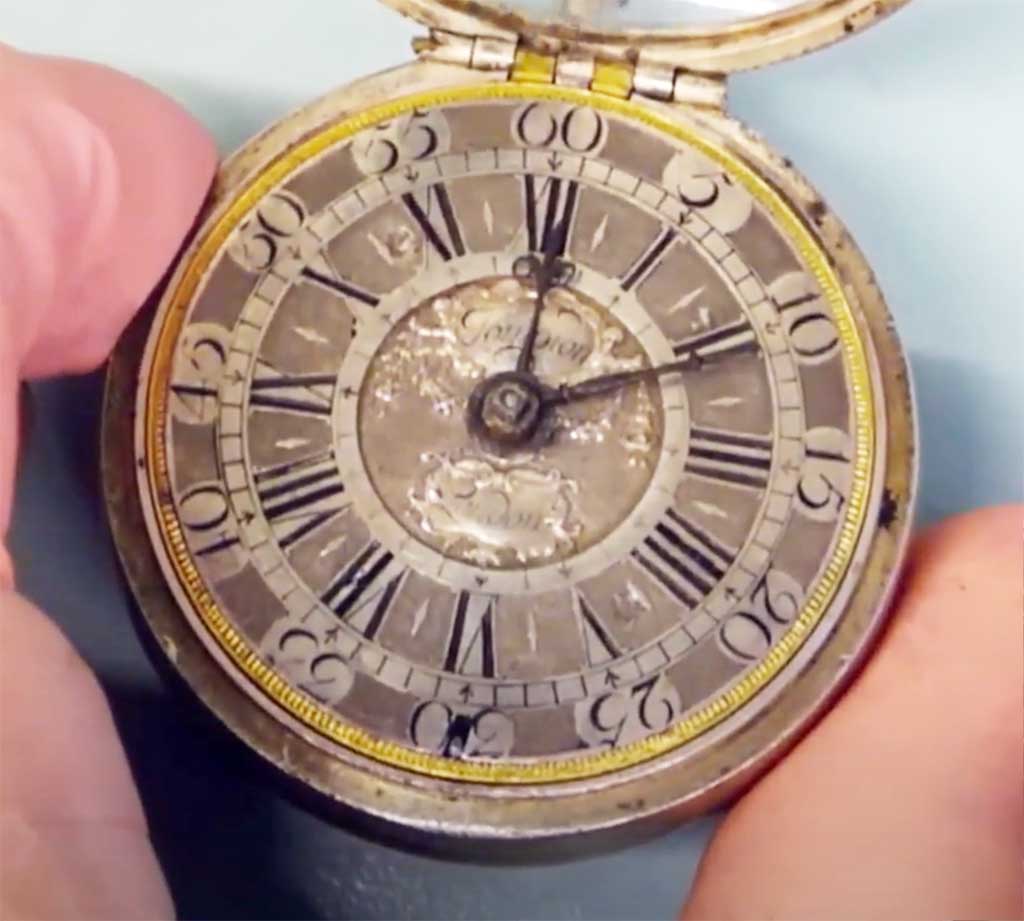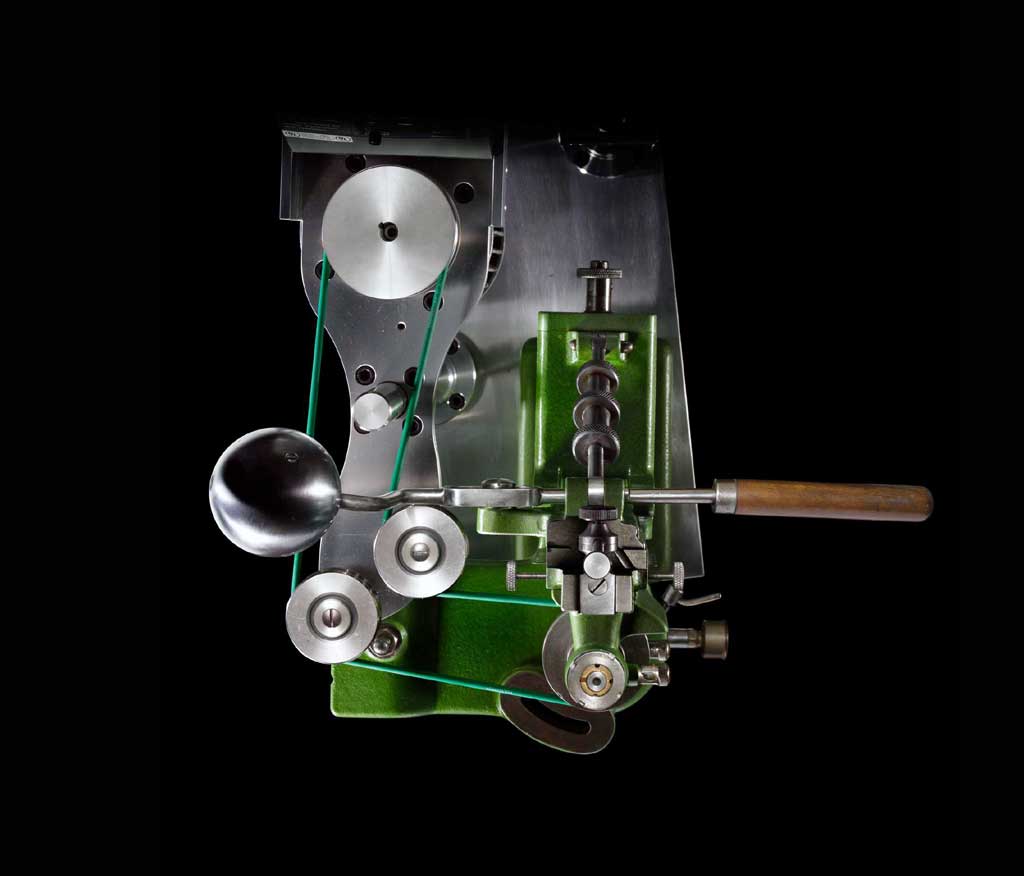Ye Olde Clock Shop
Jordan Salama, reporting for National Geographic, pays a visit to Theron “Jeff” Jeffery, proprietor of Ye Olde Clock Shop in New Freedom, Pennsylvania.
It is striking that most of a clockmaker’s work is spent focused on parts so small, in the service of something so big as keeping time. For a mechanical clock to function with any kind of accuracy, all of these tiny parts must work together in perfect synchronicity. And the ubiquity of these precision timekeeping devices has fundamentally revolutionized the way we work and live.
“When you come right down to it, time is still a man-made invention,” Jeffery says, “and that makes it flawed.”

Breitling Acquires Universal Genève
Hinted at back in October, Breitling has acquired the beloved and storied watch brand, Universal Genève.
No stranger to acquisitions, Breitling CEO, Georges Kern, has a successful track record integrating historic watch brands into a larger family, having assisted in integrating IWC, JLC, and A. Lange & Söhne into The Richemont Group at the outset of the millennium.
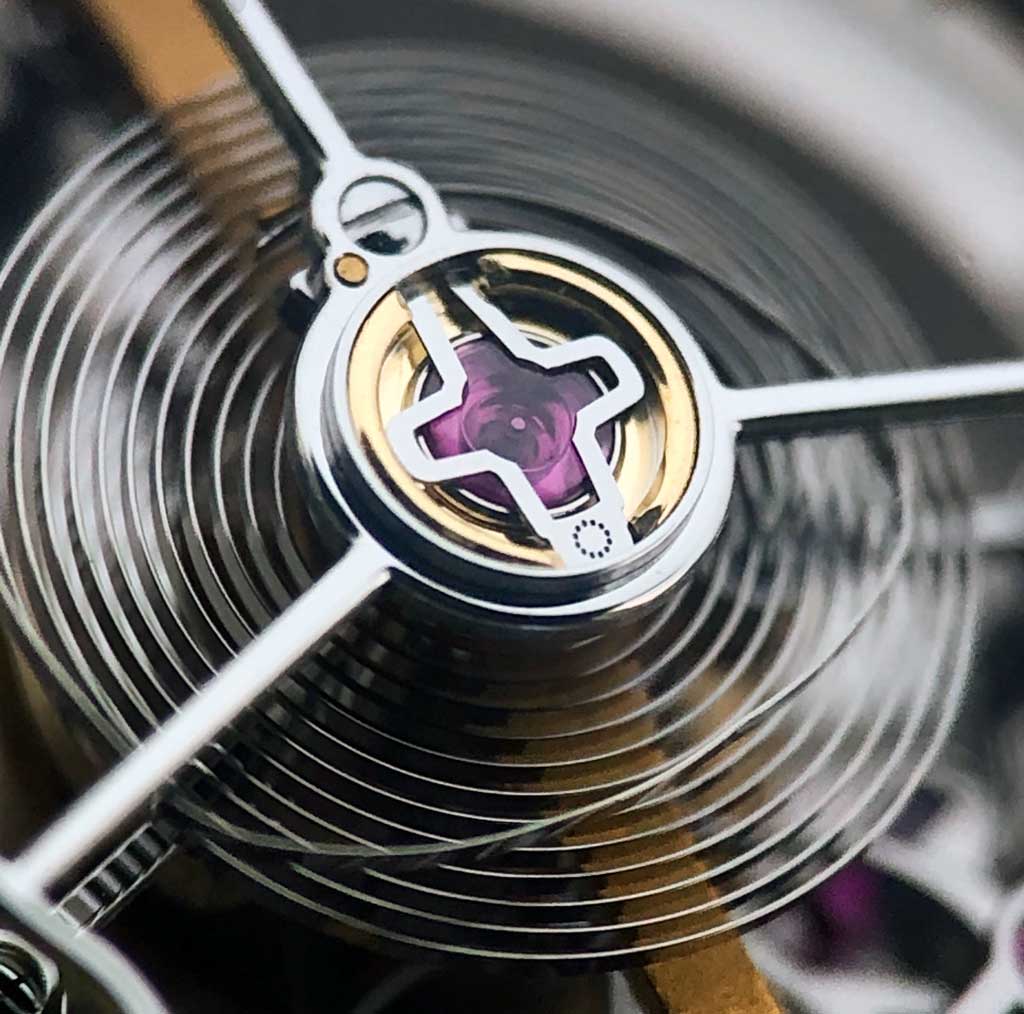
Haldibloc
Custom, laser-cut, anti-shock springs for timepieces crafted by independent watchmaker, Beat Haldimann.
Incorporating the Haldimann logo at the base of the spring is a nice touch. I particularly appreciate the way the spring has been formed to frame the ideal quantity of lubricant for the balance pivot that it is there to protect.
Complexity Is Multiplicative
Rob Pike on simplicity in the context of engineering at Google circa 2009:
Simpler things are easier to understand, easier to build, easier to debug, and easier to maintain.
Complexity just happens and its costs are literally exponential.
On the other hand, simplicity takes work—but it's all up front. Simplicity is very hard to design, but it's easier to build and much easier to maintain. By avoiding complexity, simplicity's benefits are exponential.
The same principles hold equally true in the design of mechanical timepieces.
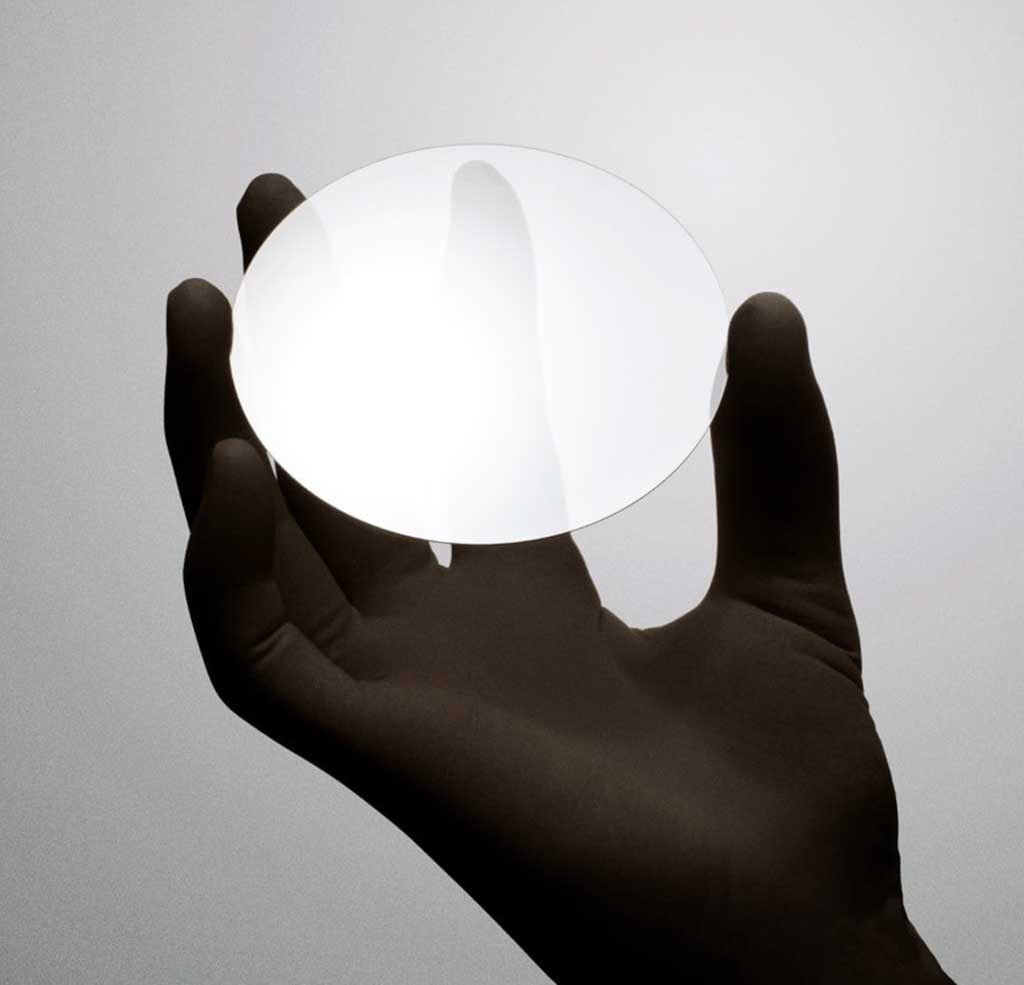
World’s First Diamond Wafer
A 100mm single-crystal diamond wafer, created by Diamond Foundry.
When I first read about the successful creation of appreciably smaller synthetic diamond wafers back in 2004, I figured it was just a matter of time before they found their way into high-end timepieces. Nearly 20 years later, that has yet to come to pass and synthetic sapphire remains the most scratch-resistant material used to protect the dial and hands of a watch (as well as the movement, in cases that feature a sapphire display back).
Rolex was the first to commercially debut a sapphire crystal in a wristwatch with the Rolex Oysterquartz reference 5100 back in 1970. Now that synthetic diamond wafers of this size and quality are available, the time is ripe for mass production. Will the crown be the first offer synthetic diamond crystals in their timepieces, too?
If their stealthy rollout of Parachrom hairsprings at the turn of the millennium is any indication, perhaps they already have.
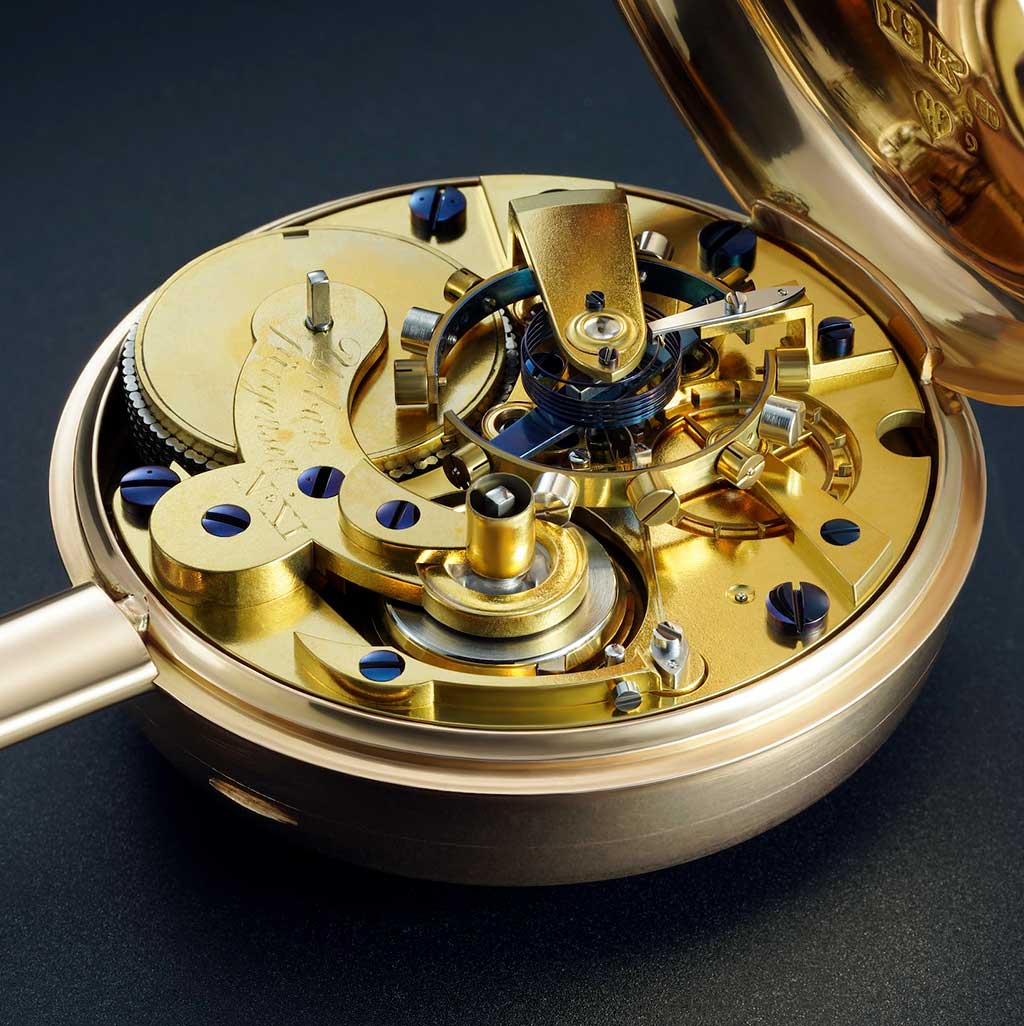
Heir to the Father of Danish Watchmaking
Rich Fordon, writing for Hodinkee, takes a look back at the father and son brands, Urban Jürgensen and Jules Jürgensen, and hints at the future with Kari Voutilainen as CEO of Urban Jürgensen.
Interesting to note that Voutilainen assisted in completing Derek Pratt's oval pocket watch for Urban Jürgensen in 2006. Pratt crafted 34 timepieces for the company, all of which were pocket watches, prior to his passing in 2009.
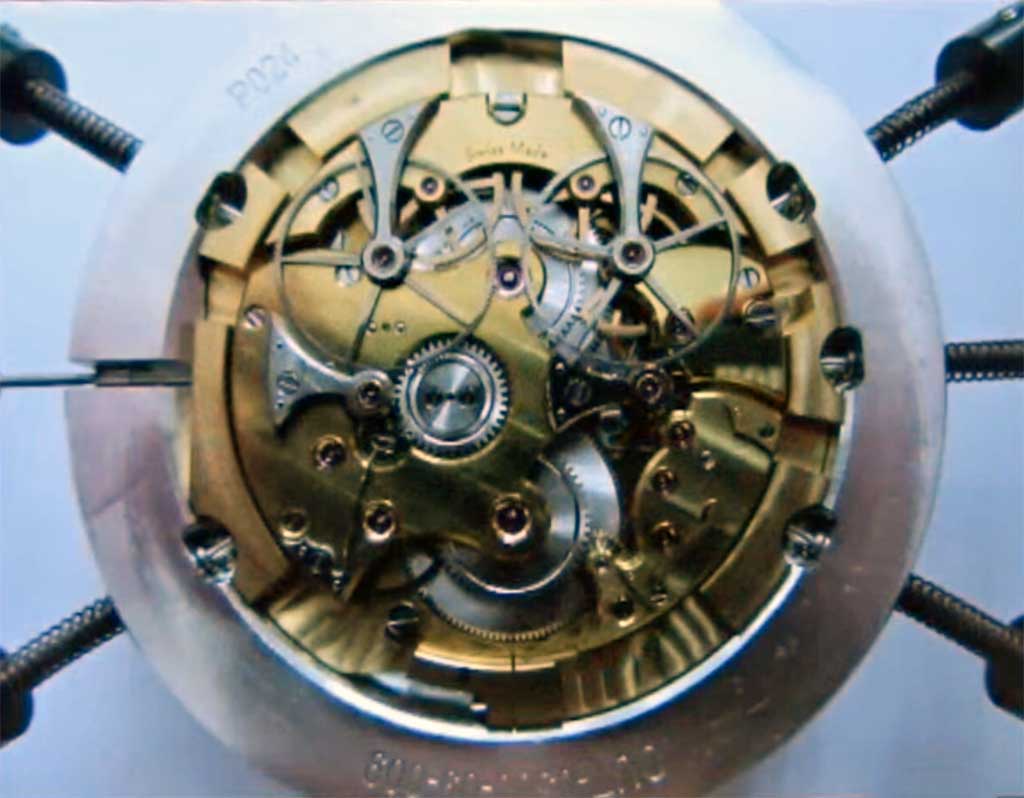
The Triumph & Torment of Making for the Muse
Stephen McDonnell, the hands and mind behind MB&F's novel Legacy Machine Perpetual and Legacy Machine Sequential EVO chronograph, presented a heartfelt and detailed talk at Dubai Watch Week 2023 about the arduous work that went into bringing each mechanism from concept through to reality.
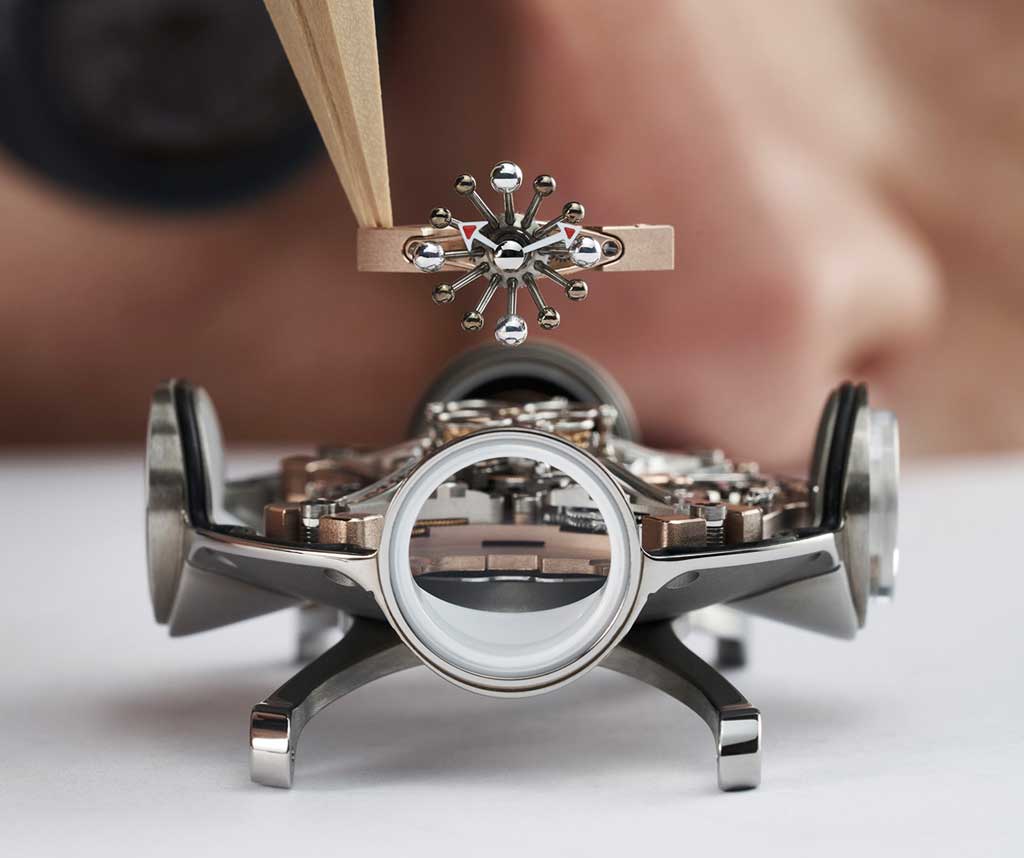
MB&F HM11 Architect
The latest from Max Büsser and his friends brings a hypermodern take on midcentury modern. Miniaturizing George Nelson's ball clock aesthetic, flanked by a thermometer and power reserve indications, along with a novel, transparent crown requiring 8 gaskets to maintain the timepiece's water resistance rating of 20m. To say that the crown is oversized would be an understatement.
Notably, unlike pretty much any other thermometer ever integrated into a watch, the elevated architecture of HM11's case frees the thermometer to read the ambient temperature relatively accurately, essentially uninfluenced by the wearer's body temperature.
While Nelson's name is the one emblazoned on the caseback of each authentic ball clock, no one knows for certain who actually catalyzed the design. In Nelson's own words, recorded by his biographer, Stanley Abercrombie, the design is presumed to have initially been conceived by Isamu Noguchi over drinks with Nelson and Buckminster Fuller one evening in 1947.
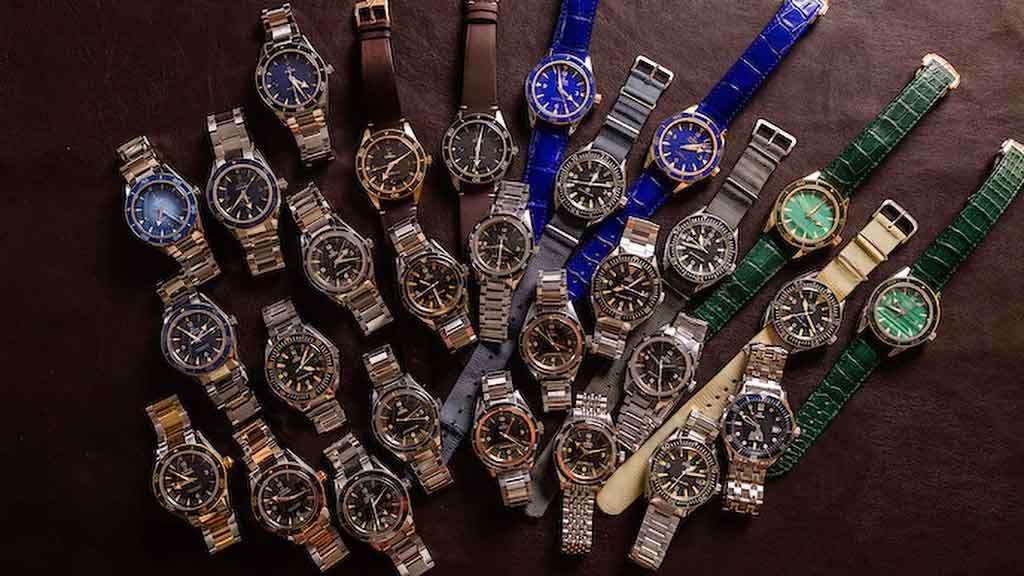
A Deep Dive Into the Omega Seamaster 300
HODINKEE's James Stacey, Rich Fordon, and Danny Milton walk through the history of the Omega Seamaster 300, from inception through to a balance of both its most reverent and its most conspicuous incarnations in the modern era.
It's worth noting that, while Omega's characteristic lyre lugs are most associated with the Omega Speedmaster and the manufacturing date in a number of early lyre lug Speedmaster casebacks date to around the same time as the lyre lugs' debut in the Omega Seamaster 300, commercially speaking, the first Omega to make the complete switch from straight, tapered lugs to lyre lugs was the Seamaster 300.
